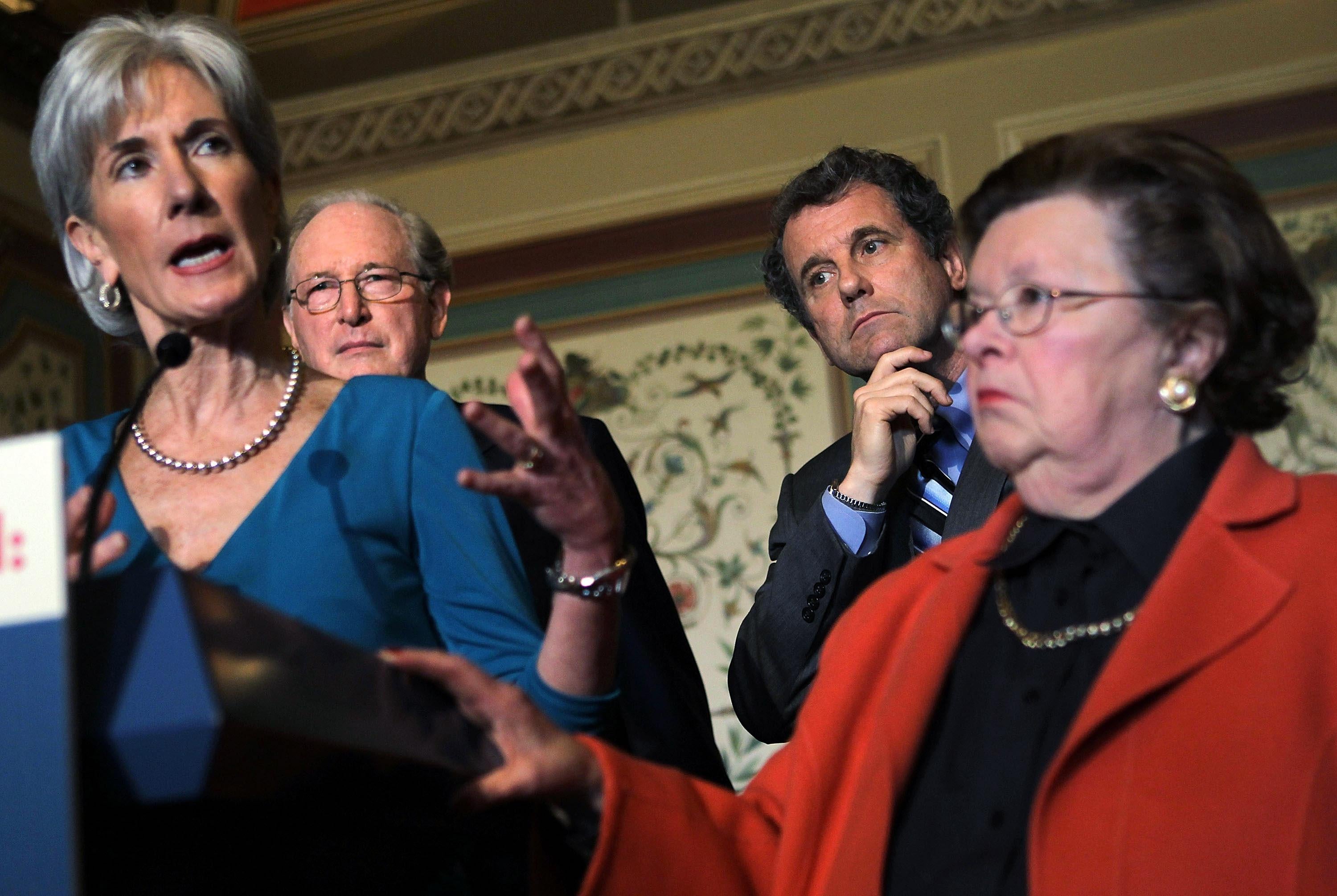You heard it here first from me in April, but I want to reiterate that over the next 18 months you’re going to read a lot of stories about problems with Affordable Care Act implementations. Many of those stories are going to be accurate. But fundamentally Affordable Care Act implementation is going to work out great, and people are going to love it.
The latest evidence comes to us today from California, America’s largest state and one of the states that’s tried the hardest to actually implement Obamacare. As Sarah Kliff explains, their exchanges are getting set up, and it looks like premiums for “silver” and “bronze” plans are both going to be lower than was previously expected. Far from a “train wreck,” in other words, the biggest single set of clients for the program is getting something like a nice, smooth high-speed train ride. There was also good news from Oregon recently, where insurers that had initially come in with high premium bids are now asking to resubmit with cheaper offerings in the face of competition. And the Affordable Care Act’s goal of slowing the growth in aggregate health expenditures is also coming true.
Now of course not every state is going to have as happy an experience as California and Oregon.
There are huge swathes of the country where public officials have been deliberately refusing to try to make the new law work well, and congressional Republicans are also doing their best to try to stymie implementation. Those efforts will succeed. Residents of California, Oregon, Maryland, Massachusetts, New York, and other eager implementers will see much larger gains from the new law than residents of Texas, Florida, and Alabama. And since a very large share of uninsured Americans live in those red states, this will be a real tragedy for the country. But even in those places, people are going to end up better off than they were pre-Obamacare, and the basic logic of politics is that over time state officials in most places should put some effort into trying to make things work.
You have to remember a few basic facts about ACA implementation coverage over the next 18 months. One is that the media has a large negativity bias. The other is that the aspirations of the law are quite high, and the status quo is quite bad. That means any time the situation improves but doesn’t improve as much as the Obama administration wanted things to improve, that will tend to be covered as “bad news for Obamacare.” That tendency will be re-enforced because Republicans will be eager to trumpet Obamacare’s shortcomings (to make Obama look bad), and advocates for the poor will also be eager to trumpet Obamacare’s shortcomings (to build pressure for improvement). So you’ll hear lots of completely accurate stories about things not working quite as well as proponents had hoped. Just recall that this is always how things go. Back 10 years ago, Democrats were banking on implementation problems with Medicare Part D to spark a backlash against the Bush administration. The implementation problems were real enough, but at the end of the day, more seniors got cheaper medicine than ever before, and they liked it. Or roll the clock back to the mid-1960s and there was tons of hand-wringing around Medicare implementation.
The key difference is that journalists tend to cover new programs relative to politicians’ promises about them, while beneficiaries judge new programs in terms of the impact on their lives. And the bottom line here is that a small number of high-income individuals are going to pay more taxes on their investment income, while a large number of working-class Americans are going to get free or discounted health insurance. There are plenty of writers out there who I read and respect who quite genuinely believe that taxing rich people’s investment income in order to bolster the living standards of the bottom third of the population is disastrous long-term public policy, but in concrete terms, this has all the hallmarks of a successful and popular initiative.
